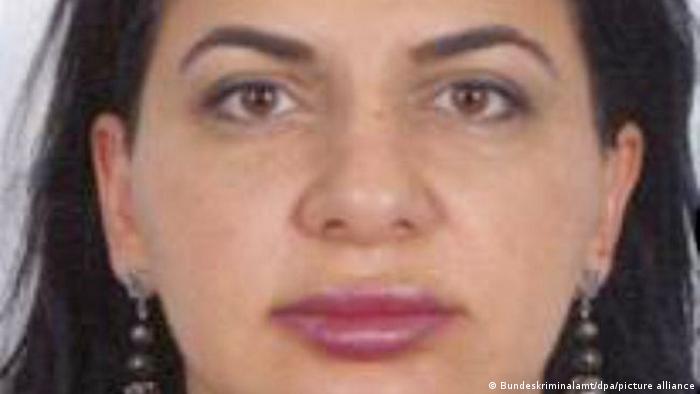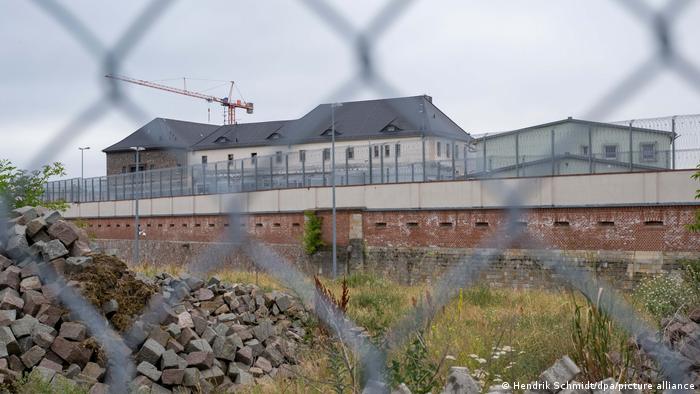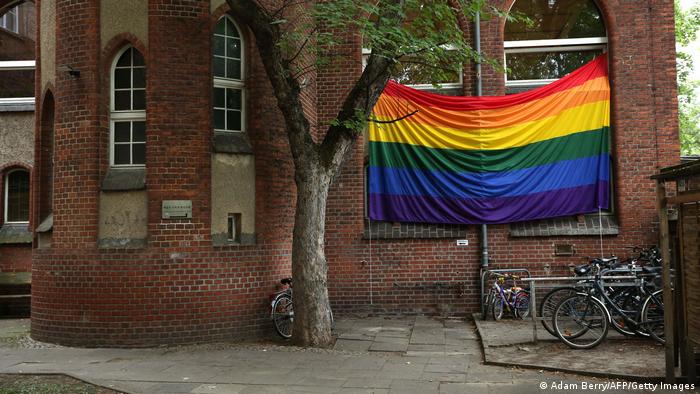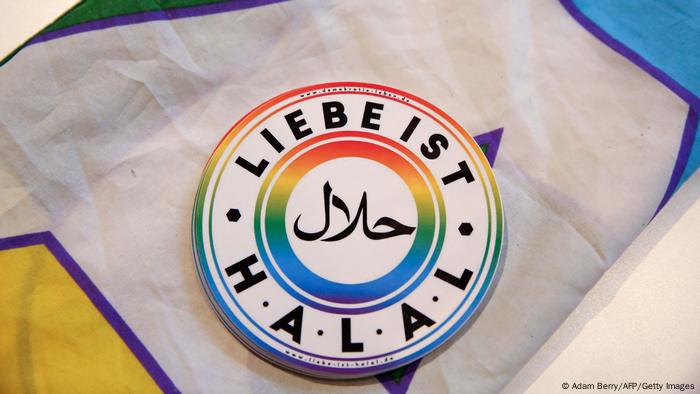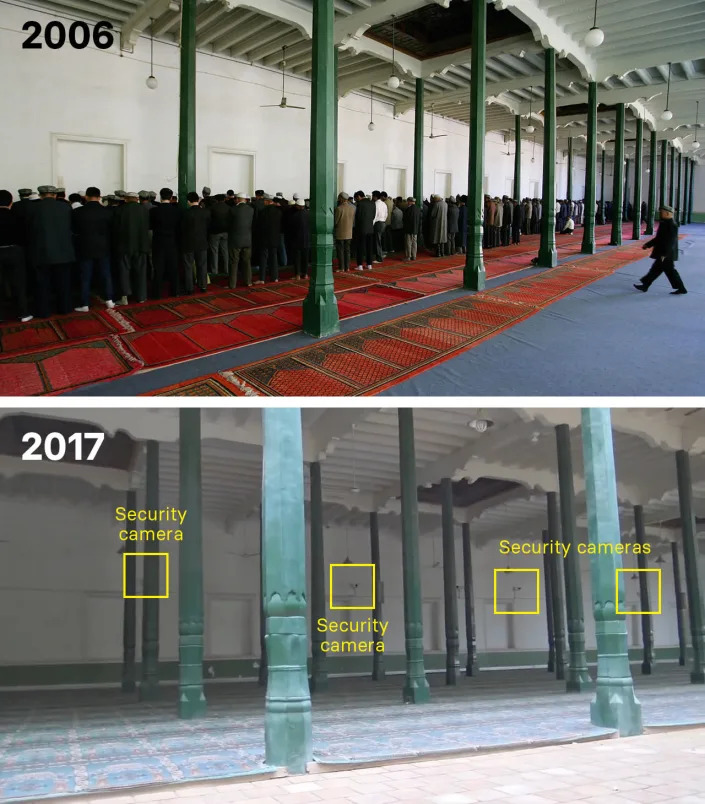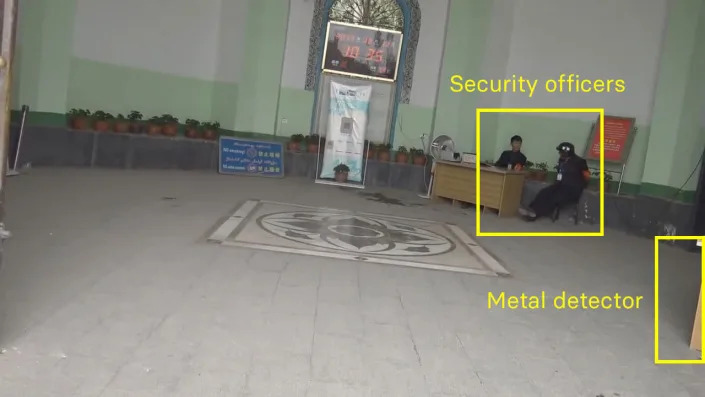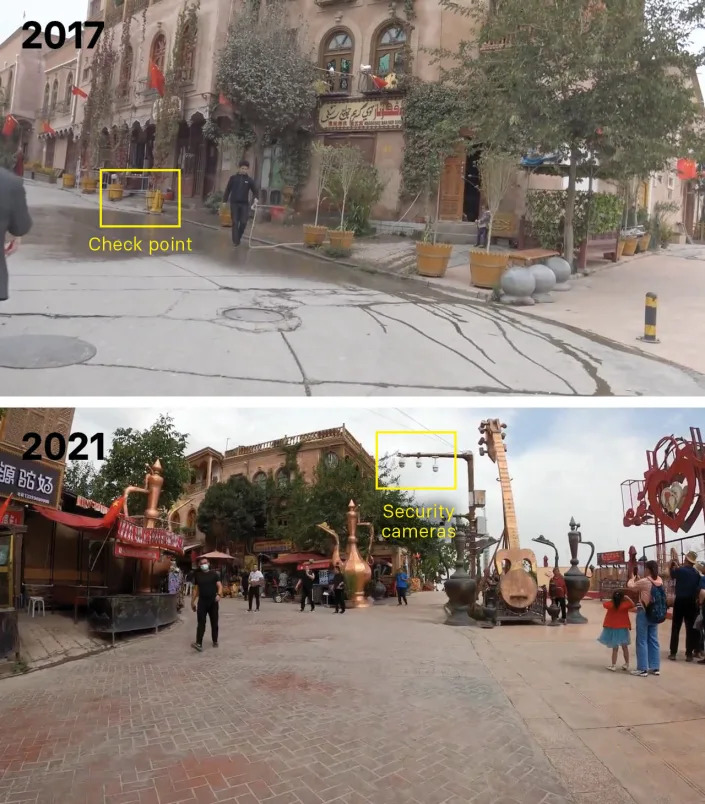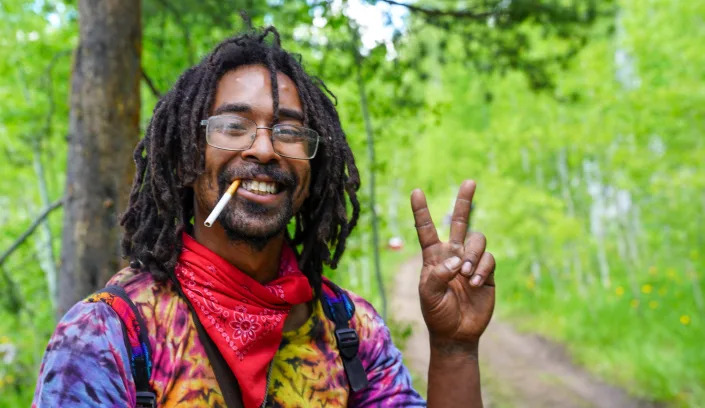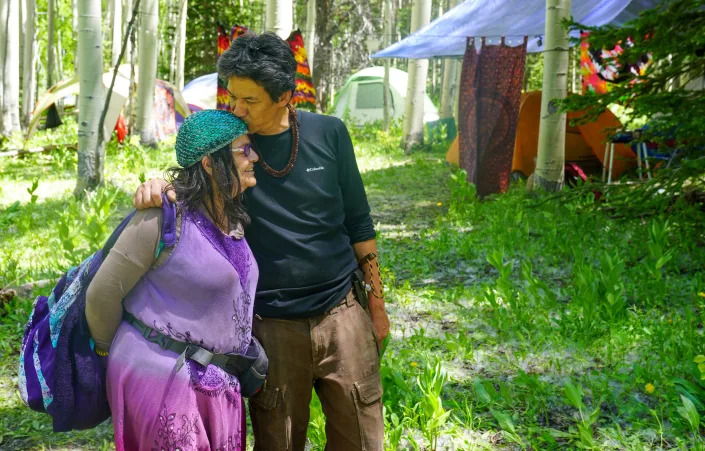A young Cameroonian activist is the force behind a quest to restitute a sacred statue stolen by a German colonialist 120 years ago. Njobati Sylvie believes restitution is integral to confronting Cameroon's past.

Njobati Sylvie's grandfather was the heir apparent of the Nso community
Restitution activist Njobati Sylvie could not hide her joy whenGermany's Prussian Cultural Heritage Foundation announced that a statue of Ngonnso would be returned to Cameroon.
Ngonnso is a mother deity of the Nso people in northwestern Cameroon. A statue of her was taken by Kurt von Pavel, a German colonial officer in Cameroon, who subsequently donated her to Berlin's Ethnological Museum in 1903.
"I feel super elated, it has been a journey that has culminated to a win for the Nso community, Cameroon and by and large the entire African continent," Njobati told DW.
The restitution journey
Njobati started the Twitter campaign #BringBackNgonnso in 2020, which played a large part in raising awareness for the restitution cause.
But her activism actually started before that — when she decided to reconnect with her Nso heritage and trace her roots.
Njobati grew up in Cameroon's Anglophone region with her mother and her grandfather, the heir-apparent to leadership of the Nso community, though he couldn't take up the position because he became a Presbyterian pastor.
"I grew up with my grandfather totally disconnected with my culture and tradition," Njobati said. "I was embedded into Christianity."
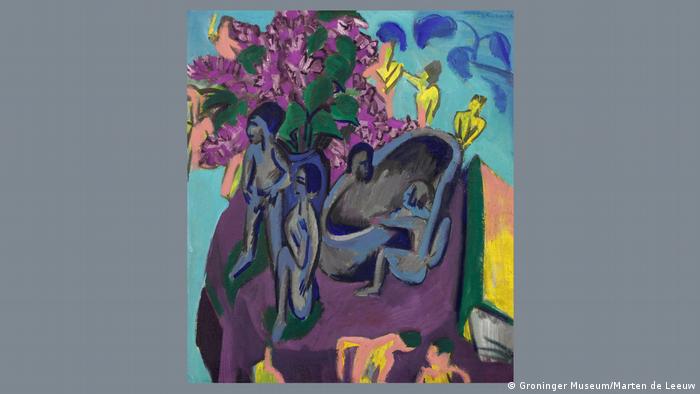
GERMAN EXPRESSIONISTS AND COLONIALISM
The primitivist art movement
Bright, contrasting colors, simplified forms, and a return to a supposedly simple life untouched by industrialization are among the features of primitivism. Ernst Ludwig Kirchner's "Still Life with Flowers and Sculptures" (1912) is a primary example. In Germany, this style was at the height of popularity when imperial Germany was a colonial power.
12345678
Sylvie's identity crisis
When she went to university in Yaounde — the French speaking side of Cameroon — she says her Anglophone background made her unwelcome, which led to what she describes as an identity crisis and a sense of emptiness.
"I remember one day at the market someone called me an Anglofool," she said. "This was just the beginning of a backlash I received as a young person."
At this point in her life Njobati realized that she had been "fully covered by cultures that are not hers." "I also remember asking myself: Who am I if I'm stripped of the colonial heritage? Who am I if I'm stripped of the English or French system of education, law or even religion?" she said.

Njobati believes young people should be involved in restitution conversation
But these multiple identity crises emboldened her quest to reconnect with her original heritage.
History unfolds
"Some of my young peers felt like I'm putting up a show," she recalls. "They thought I'm not qualified to have a conversation with myself. They believe only African diasporas do such things."
This journey of reidentification is what resulted in her realization that Ngonnso — "the founder of Nso community" was not in her rightful place.
When she was told the history of what unfolded before the statue was taken from the Nso people, she felt disturbed, before developing her commitment to restoring the statue.
"Ngonnso was stolen from the palace, in a violent expedition," she said. "The palace where it used to sit was razed down by the German colonialists. There is no way it can continue being away from its rightful place."
"I remember promising my grandfather that I will ensure that we bring back Ngonnso. He also wanted to see Ngonnso back. Unfortunately he died before this could happen," she added.
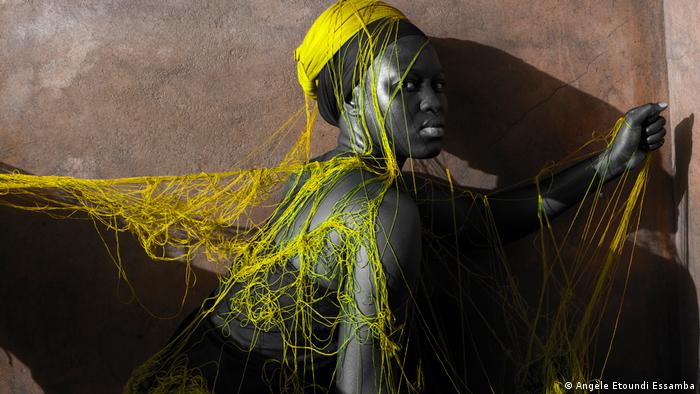
AFRICAN ART STARS YOU DON'T WANT TO MISS AT VENICE BIENNALE 2022
Cameroon: Angele Etoundi Essamba
African artists have long lacked representation at the Venice Biennale; the 2007 fair had only one African pavilion. Fifteen years later there are eight, including the Cameroon pavilion, which features work by photographer Angele Etoundi Essamba, among others. Her mission to "portray womankind" is reflected in her images of women who radiate strength and independence.
12345678
Tapping into social media's power
Njobati embarked on a strategic approach that involved rallying masses on social media, through the #BringBackNgonnso campaign she pushed on Twitter and Facebook.
"Some of my peers thought that this was a waste of time and resources. But I asked myself how many people with the desire to see Ngonnso back to Cameroon will die before her restitution happens," she said.
Thanks to the campaign, the statue, which spent decades in the basement of Berlin's Ethnological Museum, was finally brought up for public display.
Watch video 42:36 Stolen Soul — Africa's Looted Art
Youth involvement in restitution
Njobati's resolve shed new light on the conversation about young people's involvement in confronting Cameroon's colonial past. "Young people should be key stakeholders in this conversation," she said.
But restitution is often seens as a complex and uninteresting topic for the average young African, especially in light of the multiple challenges that affect them, such as unemployment.
However, according to Njobati, a true African rebirth will only be realized "when the youth get reconnected with their true heritage."
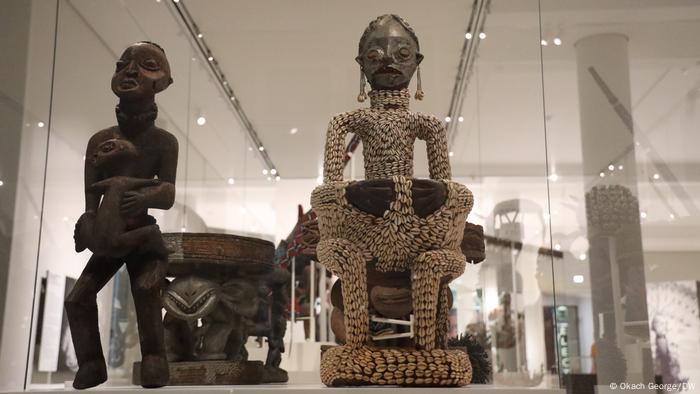
The statute of the goddess Ngonnso will be returned to the kingdom of Nso in Cameroon
Germany has agreed to return a trove of looted African colonial artifacts in recent times.
According to Njobati, the successful quest she led that began the Ngonnso restitution process should encourage other young Africans.
"For us it's Ngonnso, a sacred statue, but there are thousands of stolen African artifacts still being displayed in multiple European museums. We, the youth, should lead the quest of bringing them back," she said. "For me it's about the principle of justice. Africa has suffered colonial crimes for a long time. We must deal with these issues if we want to remain true to confronting colonial past," she added.
According to the 31-year-old, "continued display of the artifacts at European museums is disrespectful and a simple a show of power." "It demonstrates that the colonialists came, conquered African nations, took their integral heritage, some with spiritual significance, and are holding them captive at museums."
The Prussian Cultural Heritage foundation is now set to hold further talks with Nso representatives on how Ngonnso will be returned to Cameroon.
Njobati will take part in these talks, and believes this success has opened possibilities for the return of thousands of other objects being held in European museums.
"The quest that began with the need of bring back Ngonnso will now advance to a quest to take back all the heritage that belongs to the African continent," she said. "My intention is to rally young people, historians, researchers in a bid to have what is rightfully ours brought back. This is our heritage. Let the artifacts be brought back to us."
Speaking to DW, Prussian Cultural Heritage foundation president Hermann Parzinger said that objects that were not necessarily looted "should also be repatriated."
"We are open to restitution and after the due diligence is followed we are obliged to return .... In every restitution process we must get a claim and we access them diligently and independently," Parzinger added.
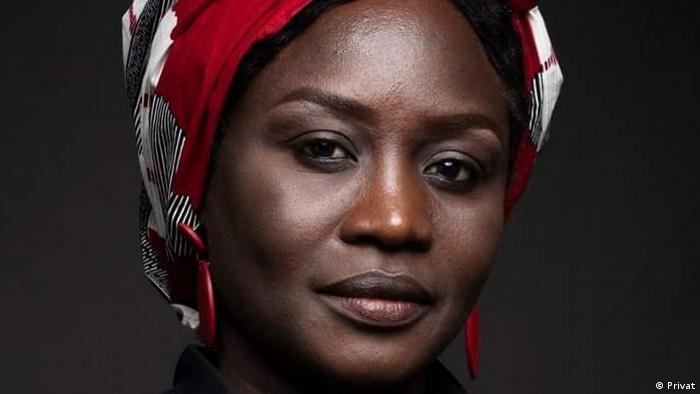
'ART IS A SOFT POWER'
Stella Gaitano
Born in Sudan in 1979, the author writes mainly about war, escape and displacement, but also about great expectations and hopes for her native country. In early 2022, she fled to Germany with the help of the PEN writers' association. Art is a living thing that needs space to be freely expressed, accepted and supported, Gaitano says.
12345
Edited by: Keith Walker





